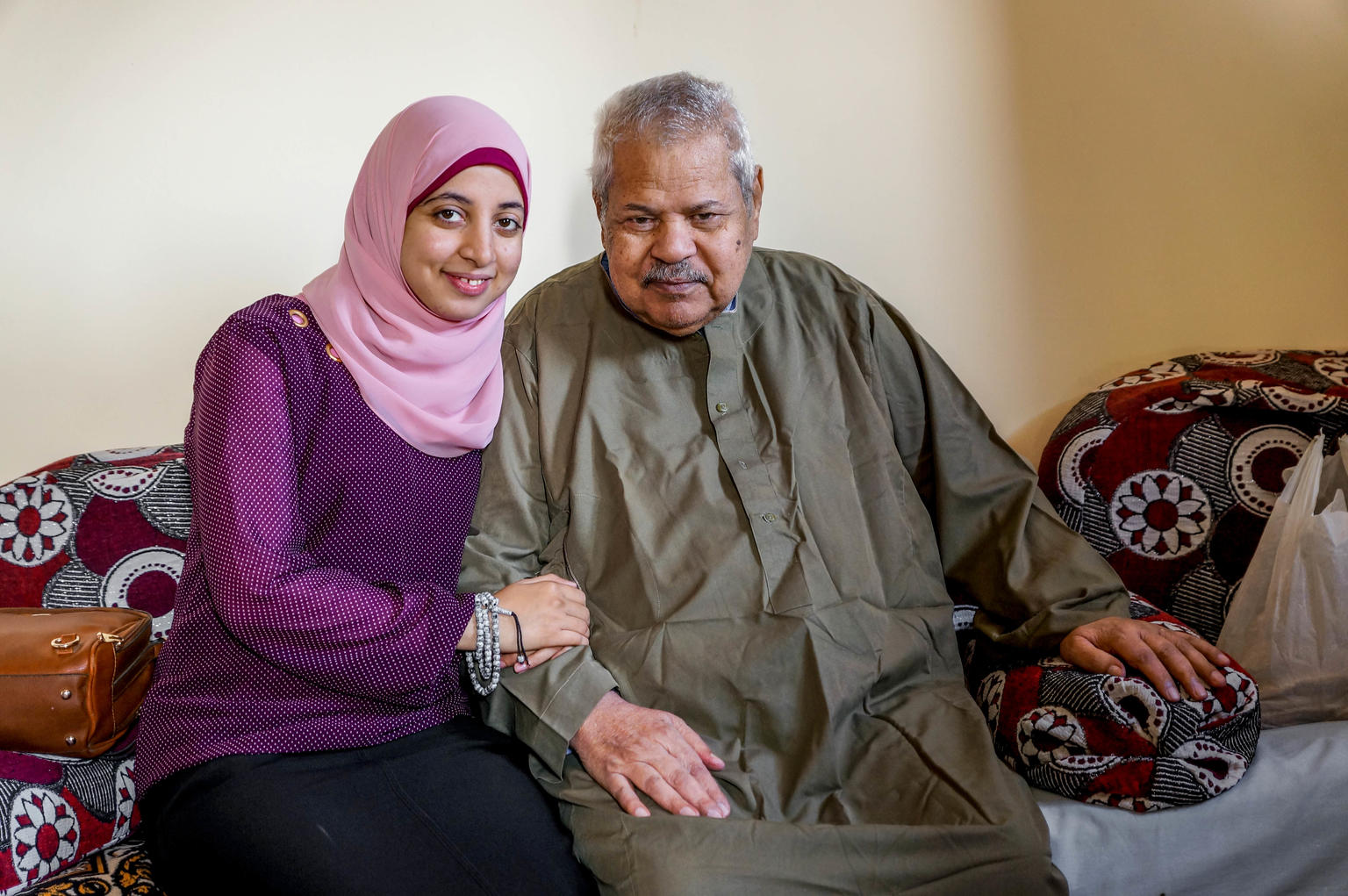Understanding the association between parental attitudes and the practice of female genital mutilation among daughters

Female genital mutilation is a harmful traditional practice that violates girls’ right to health and overall well-being. Most research cites social acceptance, marriageability, community belonging, proof of virginity, curbing promiscuity, hygiene, and religion as motivations for the practice. It is generally assumed that individual attitudes of parents and other family members have an impact on decisions related to the cutting of girls, and that such attitudes are influenced by social norms. The aim of this study is to understand how parental attitudes towards the practice of female genital mutilation influence decision making related to the cutting of girls. Data from 15 Demographic and Health Surveys were analyzed to assess whether couples with at least one living daughter aged 0 to 14 years share the same opinions about the continuation of the practice, and to what extent couples’ opinions are associated with the risk of daughters being cut. The analysis reveals that a significant percentage of couples hold discordant opinions on the continuation of the practice including in countries where the practice is very common. While a daughter’s likelihood of being cut is much higher when both parents think the practice should continue, the analysis also shows that many cut girls have parents who oppose the practice. It further suggests that female genital mutilation is more prevalent among daughters whose mothers want the practice to continue and whose fathers are opposed or undecided, compared to daughters with fathers who are the sole parent supporting its continuation. Understanding the extent to which parental opinions influence decisions and which girls are most likely to be cut is essential for developing appropriate interventions aimed at promoting the abandonment of the practice.


